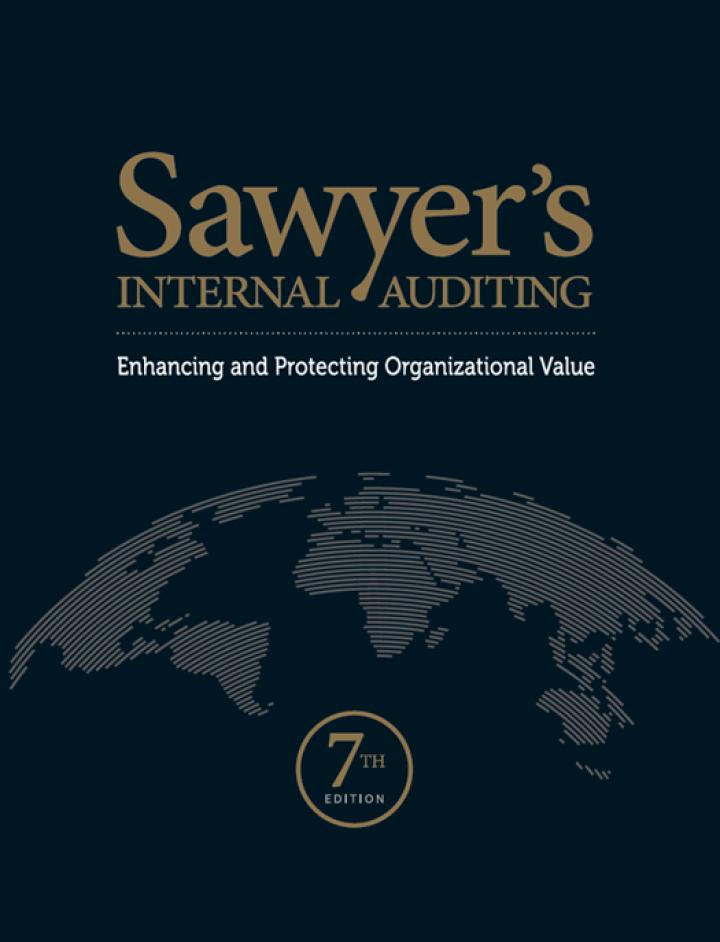Question
1) A firm has a WACC of 10% until it has raised $100 million. Beyond that the WACC is 12%. The firm has the following
1) A firm has a WACC of 10% until it has raised $100 million. Beyond that the WACC is 12%. The firm has the following projects and associated costs:
Project A has a cost of $50 million and an IRR of 14%; project B has a cost of $70 million and an IRR of 16%; and project C has a cost of $35 million and an IRR of 6%. What is the Optimal Capital Budget?
2) XYZ, Inc. is considering a 5 year, 12% WACC capital budgeting project under three scenarios. If conditions are excellent, the cash flows from this project are expected to be $4,000 per year; under fair conditions, cash flows are projected at $2,500 per year; and under unfavorable conditions, cash flows are projected at ($600) per year. The initial investment outlay is $3,000 and the probabilities of these three conditions are 30%, 50% and 20%, respectively. Assume that XYZ has the option to abandon this project in the second year if conditions are unfavorable. It could do so by selling this project to another company at a price of $1,500 in year 2 and consequently cash flows would be 0 in years 3 and beyond. Calculate the standard deviation given the abandonment option.
3) A firm has a WACC of 10% until it has raised $100 million. Beyond that the WACC is 12%. The firm has the following projects and associated costs:
Project A has a cost of $50 million and an IRR of 4%; project B has a cost of $70 million and an IRR of 6%; and project C has a cost of $35 million and an IRR of 8%.
Which of these three projects should be rejected?
| 4) XYX corporation |
Step by Step Solution
There are 3 Steps involved in it
Step: 1

Get Instant Access to Expert-Tailored Solutions
See step-by-step solutions with expert insights and AI powered tools for academic success
Step: 2

Step: 3

Ace Your Homework with AI
Get the answers you need in no time with our AI-driven, step-by-step assistance
Get Started


